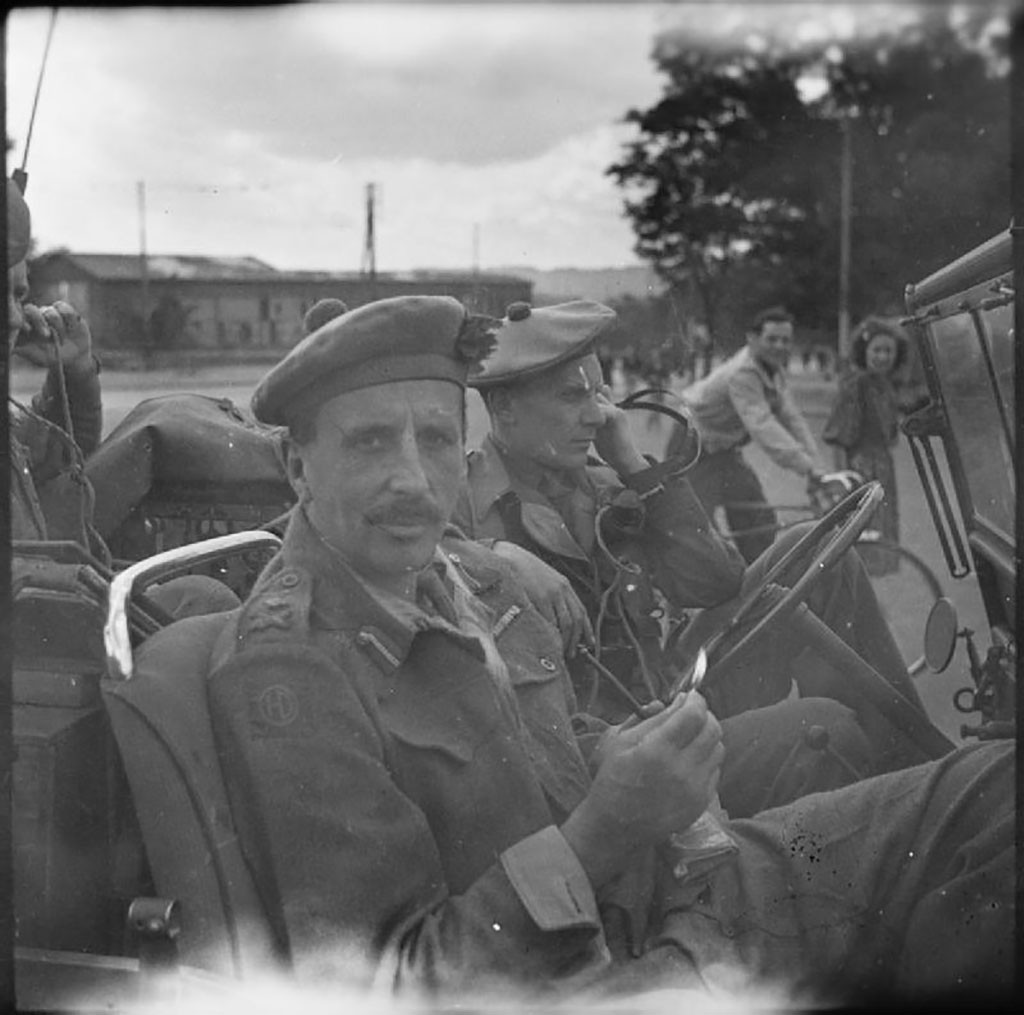Formed in 1939, the 51st Highland Infantry Division was part of the territorial force; a great number of its men were taken prisoner in May 1940. After it was brought up to strength, the Division was engaged in the campaigns of North Africa in June 1942 and Sicily in July 1943. Highly experienced, the men were repatriated to Britain from November 1943 to prepare for Operation Overlord. On 6 June 1944, the 51st Highland Division landed on Juno Beach.
The men first came into contact with the enemy at the German radar station in Douvres-la-Délivrande. From 9 June they fought in the woods of Bavent to the east of the Orne River, where the Division had come to reinforce the bridgehead of the 6th British Airborne, led by General Bullen-Smith. The Scottish Division was exhausted by a long battle against the firmly entrenched Germans. Therefore, it only had a supporting role in Operation Goodwood (18 - 21 July 1944), launched for the liberation of Caen.
After a period of rest, the division was attached to the 2nd Canadian Corps. Now being under the command of General Rennie, they led an assault between 7 and 11 August to capture the town of Falaise during Operation Totalize. The division progressed with difficulty to Garcelles and Saint-Aignan-de-Crasmenil and veered eastwards to eventually reach Lisieux, which was liberated on 23 August 1944. After crossing the Seine, the Scots were given the symbolic mission to liberate the town of Saint-Valéry-en-Caux to avenge the humiliation of 1940. They fought their last battle in Normandy during the battle of Le Havre from 10 to 12 September 1944, before continuing towards the Netherlands and the Ardennes.
